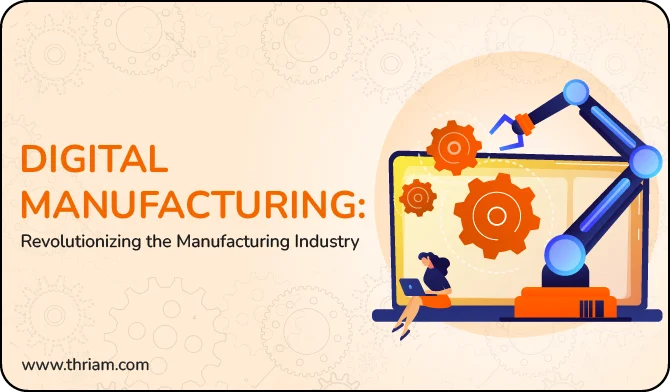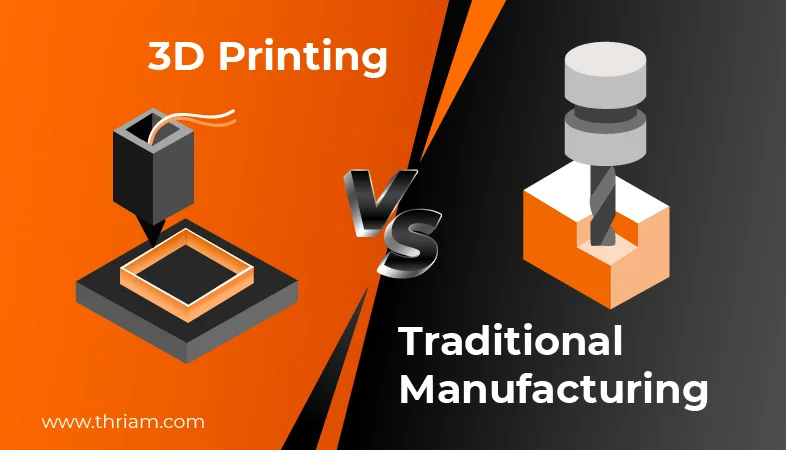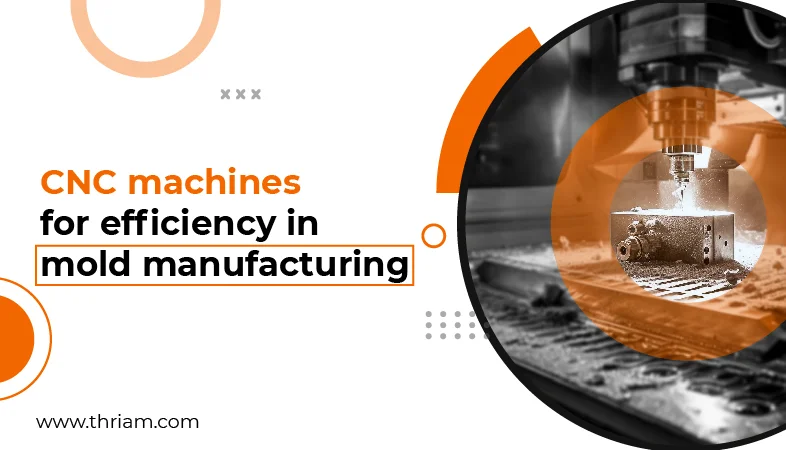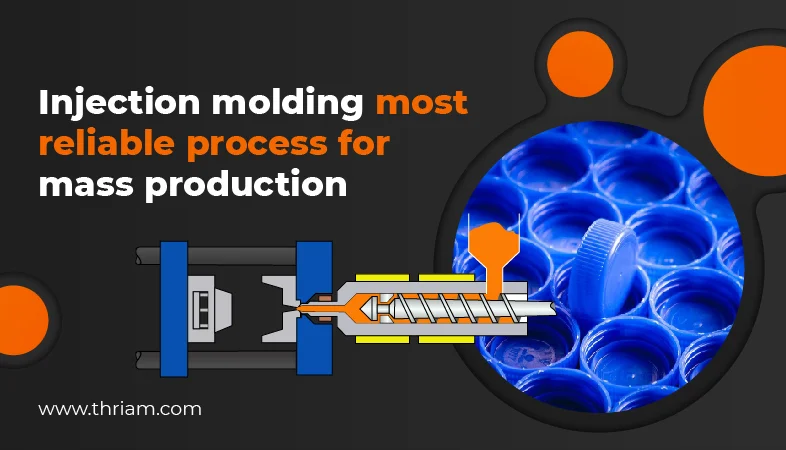Digital Manufacturing: Revolutionizing the Manufacturing Industry

The manufacturing industry has undergone a significant transformation in recent years due to the increasing adoption of digital manufacturing. According to a report by McKinsey, digital manufacturing has the potential to create $3.7 trillion in value by 2025. This article will explore the concept of digital manufacturing, its advantages, disadvantages, and various applications.
Definition of Digital Manufacturing
Digital manufacturing is the use of digital technologies to improve and automate the manufacturing process. It involves the integration of computer-aided design (CAD), computer-aided manufacturing (CAM), and computer-aided engineering (CAE) software to create a digital model of the product. This digital model is then used to simulate and optimize the manufacturing process, from design to production.
Digital manufacturing differs from traditional manufacturing methods in that it relies on digital technologies to streamline the manufacturing process. For example, instead of creating physical prototypes, digital models are used to simulate the product and test its performance. This reduces the time and cost associated with traditional manufacturing methods.
Advantages of Digital Manufacturing
The benefits of digital manufacturing are numerous. Firstly, it increases efficiency by automating the manufacturing process, reducing the need for manual labor. Secondly, it reduces costs by minimizing waste and optimizing production. Thirdly, it improves quality control by allowing for real-time monitoring and inspection of the manufacturing process.
One real-world example of a company that has successfully implemented digital manufacturing is Boeing. The company uses digital manufacturing to design and produce its aircraft, reducing the time and cost associated with traditional manufacturing methods.
Disadvantages of Digital Manufacturing
While digital manufacturing offers many advantages, there are also potential drawbacks. One of the main challenges is the need for specialized skills and technologies. Companies may need to invest in new software and hardware, as well as train their employees to use these tools effectively. Additionally, there is a risk of cyber attacks, which can compromise sensitive data and disrupt the manufacturing process.
One example of a company that has faced challenges in implementing digital manufacturing is General Electric. The company invested heavily in digital manufacturing technology but faced difficulties in integrating it with their existing systems.
Applications of Digital Manufacturing
Digital manufacturing has applications in a wide range of industries, from aerospace to healthcare to consumer goods. In the aerospace industry, digital manufacturing is used to design and produce aircraft parts, reducing the time and cost associated with traditional manufacturing methods. In healthcare, digital manufacturing is used to create customized medical devices, such as prosthetics and implants. In consumer goods, digital manufacturing is used to produce products on demand, reducing the need for large-scale production runs.
Digital manufacturing involves a range of operations that are carried out using digital technologies. Some of the key operations include:
- Design and prototyping: Digital manufacturing allows for the creation of digital models of products using computer-aided design (CAD) software. These digital models can be used to simulate and test the product before it is physically produced, reducing the need for physical prototypes.
- Production planning and scheduling: Digital manufacturing enables the optimization of production planning and scheduling using advanced algorithms and real-time data analysis. This helps to minimize downtime, reduce waste, and increase efficiency.
- Quality control and inspection: Digital manufacturing allows for real-time monitoring and inspection of the manufacturing process, improving quality control and reducing the risk of defects. This is achieved through the use of sensors, cameras, and other digital technologies that can detect and correct errors in real-time.
- Automation and robotics: Digital manufacturing involves the use of automation and robotics to streamline the manufacturing process. This includes the use of robots for tasks such as welding, painting, and assembly, as well as the use of automated guided vehicles (AGVs) for material handling and logistics.
- Supply chain management: Digital manufacturing enables the optimization of supply chain management using real-time data analysis and advanced algorithms. This helps to reduce lead times, improve inventory management, and increase efficiency.
The impact of digital manufacturing on traditional manufacturing has been significant. While digital manufacturing offers many benefits such as increased efficiency, reduced costs, and improved quality control, it has also disrupted traditional manufacturing in several ways:
- Automation and job displacement: Digital manufacturing involves the use of automation and robotics to streamline the manufacturing process, reducing the need for manual labor. This has led to concerns about job displacement, as traditional manufacturing jobs are increasingly replaced by automated processes.
- Skills gap: Digital manufacturing requires specialized skills and knowledge, including proficiency in computer-aided design (CAD), computer-aided manufacturing (CAM), and computer-aided engineering (CAE) software. This has created a skills gap, as many traditional manufacturing workers may not have the necessary skills to transition to digital manufacturing roles.
- Increased competition: Digital manufacturing has enabled companies to produce products faster and more efficiently, reducing lead times and increasing competition. This has put pressure on traditional manufacturers to adopt digital technologies to remain competitive.
- Reduced waste and improved sustainability: Digital manufacturing has enabled manufacturers to reduce waste and improve sustainability by optimizing production processes and reducing the use of raw materials. This has led to a shift towards more sustainable manufacturing practices.
Conclusion
Digital manufacturing is revolutionizing the manufacturing industry, offering numerous benefits such as increased efficiency, reduced costs, and improved quality control. While there are potential drawbacks, companies that successfully implement digital manufacturing can gain a significant competitive advantage. As technology continues to evolve, it's likely that we will see even more exciting innovations in the field of digital manufacturing.



